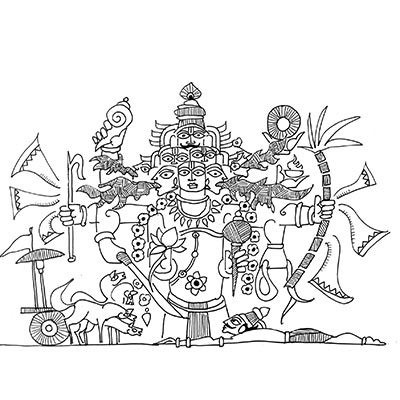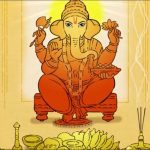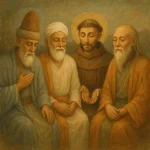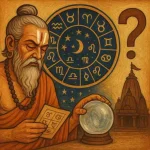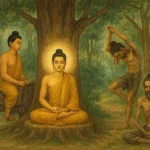 From intellectual Gita to sensory Gita
From intellectual Gita to sensory Gita
Published on 11th January, 2015, in the Mid-Day
In the Uttara-khand (later section) of the Padma Purana, Shiva tells Parvati that Vishnu told Lakshmi that the first five chapters of the Gita are his five heads, the next 10 chapters are his 10 arms, the 16th chapter is his trunk and the last two chapters are his feet. Then for each of the 18 chapters of the Gita, a story is told, 18 stories in all. We are informed that by listening to the stories, we worship Vishnu and get the benefits of the Bhagavad Gita. We do not have actually read the Bhagavad Gita. Thus, Gita, the text, becomes a deity embodied in a set of stories.
Read Also: When Saraswati met Indus: By Dr. Devdutt Patnaik
The deification of Gita is further indicated by the composition of two songs: Gita Dhyana and the Gita Mahatmya, chanted before and after a Gita discourse. Gita Dhyanam, now a part of Vaishanva Tantrasara, was probably written in the 16th century by the logician Madhusudana Saraswati, who was strongly influenced by Chaitanya Mahaprabhu of Bengal.
It is a hymn of nine verses that identifies Gita as the affectionate mother, expressed by Krishna, recorded by Vyasa, in the Mahabharata, that helped Arjuna tide over a crisis. The war is described as a turbulent river created by the Kauravas that the Gita helps the Pandavas cross. Krishna is described as God, whose grace makes the dumb eloquent and who helps the lame cross-mountains. Gita is described as the lotus rising from the lake of the Mahabharata created by the words of Vyasa. Gita is also described as the milk of the Upanishads, squeezed out by Krishna for the child, Arjuna.
Humble Courtesy: www.devdutt.com

